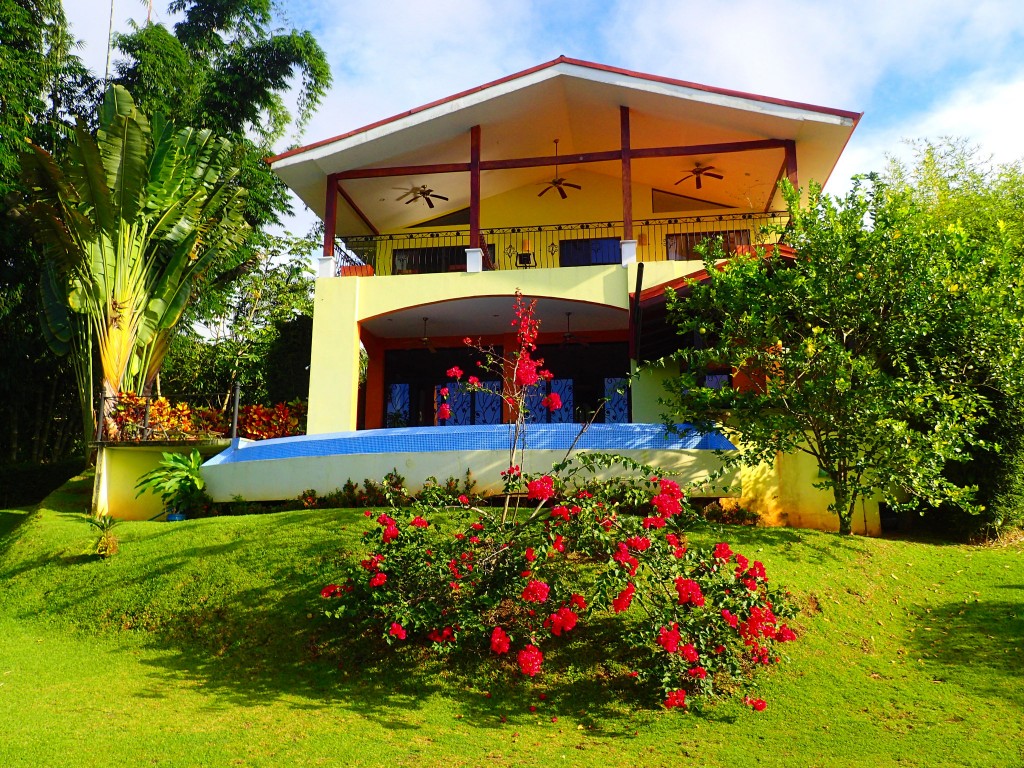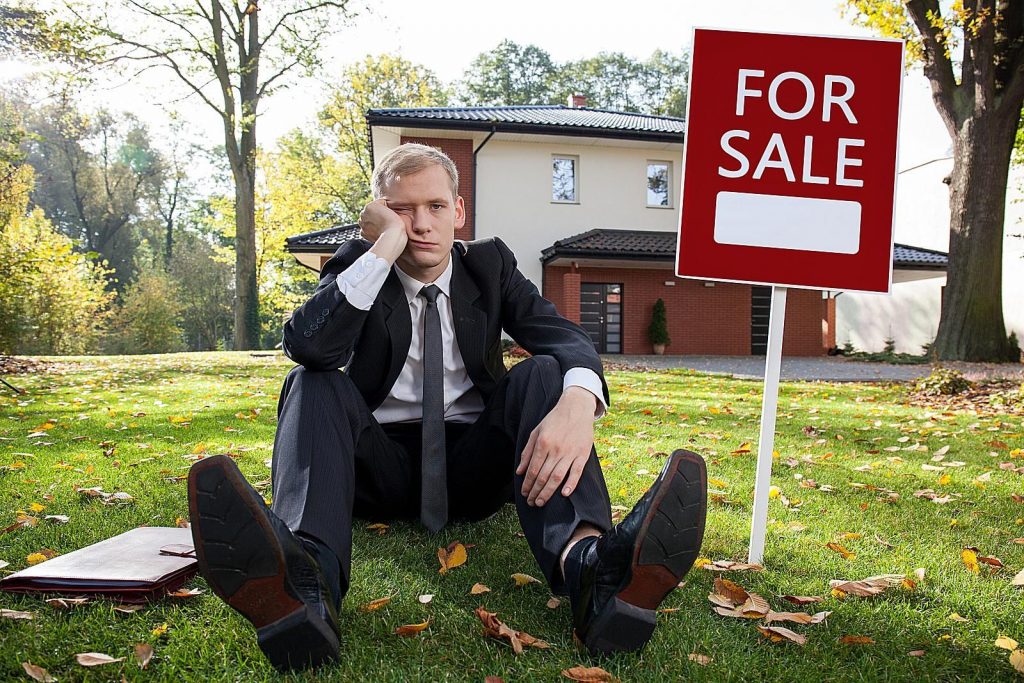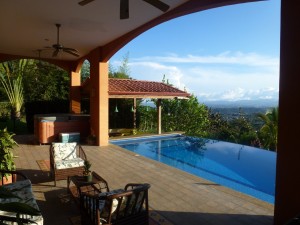The Costa Rica real estate market has witnessed significant changes over the years, driven by foreign investments and evolving market dynamics. In this post, we will explore the historical background, current state, and future prospects of the Costa Rica real estate market.
The Past
One word I would use to describe the Costa Rica real estate market of the past is “inefficient.” Inefficiency in any market is a double-edged sword, giving rise to both risks, as well as opportunities.
While the current Costa Rica real estate market can hardly be described as wholly efficient, in terms of readily available information to help guide your investment decisions. It’s not the “wild west” that it used to be.
Long gone are the days when gringos could take advantage of “poor” Costa Rican farmers who were more in need of cash than dirt. Buying properties at pennies on the dollar might still be possible in today’s market, but those opportunities are rare to find. These days the really cheap stuff is usually that way for legitimate reasons.
The Costa Rica government has in large part wised up to the shady shenanigans of unscrupulous foreign real estate investors and developers. These days the laws related to property ownership and development are for the most part enforced in areas where foreign real estate investment is rampant.
That’s not to say that attempts to cut corners and build or develop in ways that don’t fully comply with the rules isn’t still going on. But it’s not common practice like it once was. And foreign buyers these days are expecting you to have followed those rules when they consider your property for investment. Skirting the rules and not dotting your i’s and crossing your t’s can come back to haunt you upon resale.
A lot of folks who bought in the past have seen substantial appreciation, with values doubling, tripling, quadrupling, and so on. Do those opportunities simply not exist anymore? Probably not. As the market becomes more efficient, highly speculative opportunities generally tend to dwindle.
The Present
The word I’d use to describe the present Costa Rica real estate market is “semi-efficient.” As the market has matured over the years, better information has become available. I wouldn’t say it is now “readily” available in the sense of a highly efficient market like in the U.S. However, there is information out there, often hidden from plain view. That’s where experienced professionals can really help.
I believe that my job as a real estate agent in Costa Rica will not be taken over by AI anytime soon. I can’t say the same about my fellow realtors in countries where the market is much more efficient in terms of easily accessible online information. In Costa Rica human interaction with a live real estate agent is a valuable asset for any would-be investor navigating the lingering market inefficiencies that still exist.
Around June of 2020 the short-lived COVID-19 real estate downturn (largely due to the country closing its borders to the outside world) turned on a dime. What had been a buyer’s market since the crazy days before the 2007 world-wide crash, suddenly became a seller’s one. That phenomenon has lingered basically up to the date of this blog post. However, there are signs that it is starting to turn back.
The COVID inspired buying craze is somewhat subsiding as market pressures are making it harder to find the cash to buy in Costa Rica, which is largely an all-cash market for foreign investors. Listing inventories are on the rise and demand is not keeping up. I predict that while the market will remain a vibrant one, since many of the reasons that drove the COVID craze still exist, a better equilibrium between supply and demand will take hold as we move into the future.
The Future
The future is where things get more interesting. The Costa Rica real estate market will become increasingly efficient as time moves on. The licensing of real estate brokers and agents will likely be mandated, ensuring a higher level of professionalism. The national registry may become more accessible to foreigners, potentially available in multiple languages. The ability to demand that realtors provide a reliable “CMA” (comparative market analysis) will likely become a reality for both sellers and buyers.
Costa Rica will likely have an actual nation-wide multiple listing service, accessible to foreigners and their out of country agents. This has actually already been developed, but the bugs are still being worked out. It will be a few years before this new MLS achieves the widespread use necessary to make it an essential tool for the Costa Rica real estate investor.
There’s also the question mark of the U.S. dollar retaining its position as the world’s reserve currency. The strength of the dollar against the Costa Rican colon has been another driver of the incredibly strong market we’ve been experiencing. However, this year has seen a downward slide by the dollar. Some smart investors are warning that slide may continue and even gain momentum as large holders of the mountainous U.S. debt seek safer havens. While the U.S. dollar is not likely to collapse anytime soon, a continued slide would make buying with cash in Costa Rica an even more challenging proposition than it already is.
Costa Rica has always been an all-cash market for foreign investors. There just aren’t any legitimate opportunities to obtain conventional-type mortgage financing in the country and U.S. banks won’t lend on foreign properties. Could this change in the future? Probably, as Costa Rican banks seek to exploit the opportunities stemming from ongoing strong foreign investment interest. There’ve already been a couple banks launching expat lending programs, but not in any aggressive sense that makes them viable for most investors.
Conclusion
The Costa Rica real estate market has experienced a significant transformation from its early days of exploitative practices. As the market becomes more efficient and information becomes readily available, investors will be drawn to the safety and transparency it offers. Costa Rica continues to provide affordable options compared to other countries with similar amenities. Moreover, the appealing factors that attract visitors and residents to Costa Rica are likely to remain unchanged in the foreseeable future.



